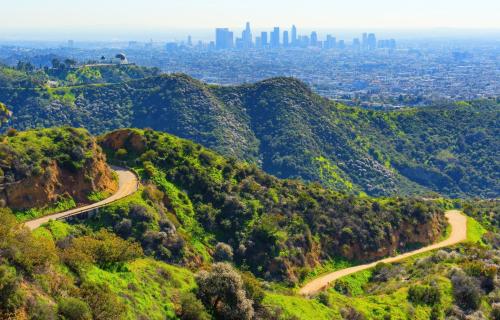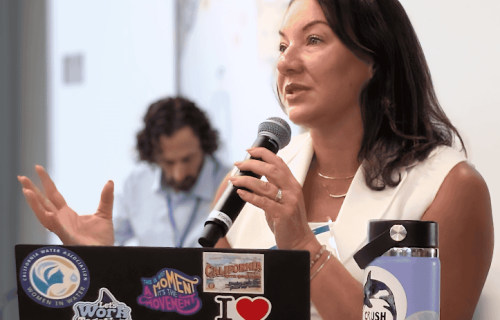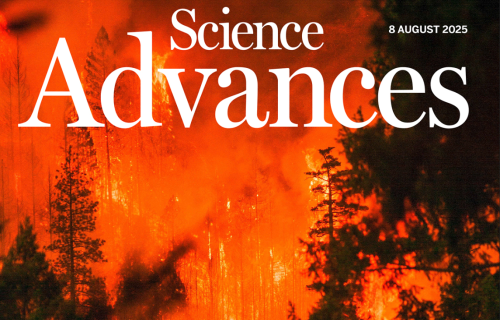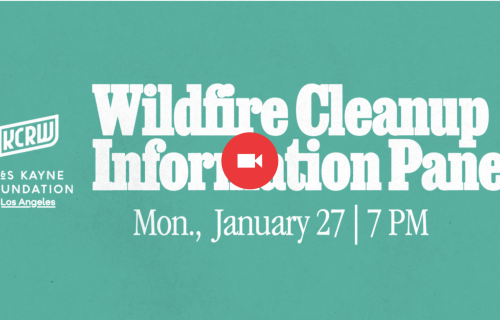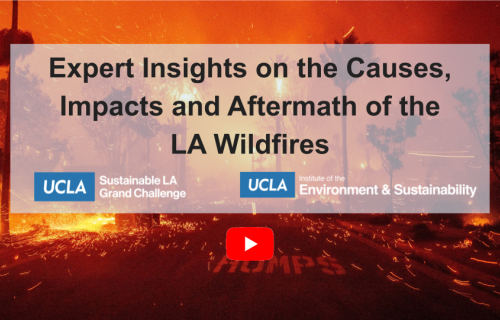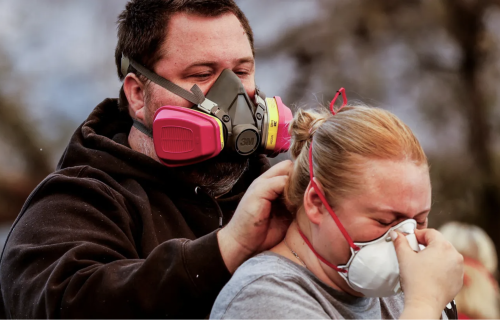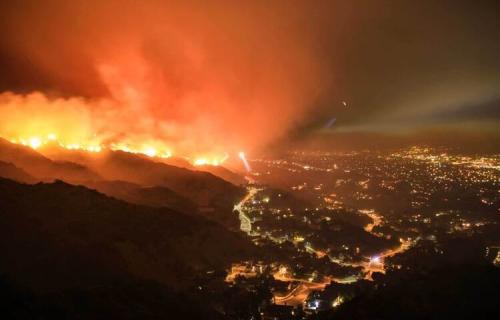A Premiere Climate & Wildfire Research Hub
The Climate and Wildfire Research Initiative (CWRI)—an initiative of UCLA’s Sustainable LA Grand Challenge—builds diverse interdisciplinary research coalitions to understand the intricate dynamics that drive wildfires and their impacts on communities in our region to provide decision makers with up-to-date, high-quality, and actionable knowledge to address the growing wildfire crisis.
The CWRI coordinates expertise and contributors with special attention paid to Southern California landscapes, pursuing three main objectives:
- Foster a collaborative research environment, rooted in meaningful engagement of stakeholders, that attracts top researchers from across disciplines to integrate knowledge, tools, and modes of thinking.
- Develop modeling and prediction capabilities for climate and wildfire that will enable solutions-oriented research and inform decision making.
- Involve, inspire, and train the next generation of researchers in transdisciplinary investigation of societally relevant challenges.
This is only a starting point. The CWRI remains committed to the diligent surveillance of the social and political landscape in order to bring a sympathetic perspective to the development of research agendas and the development of usable science.
A Growing Wildfire Crisis
Wildfire is a natural part of many ecosystems, but the world has entered a new era of fast-moving large fires that consume more than 10,000 acres of land, and megafires, during which more than 100,000 acres burn.
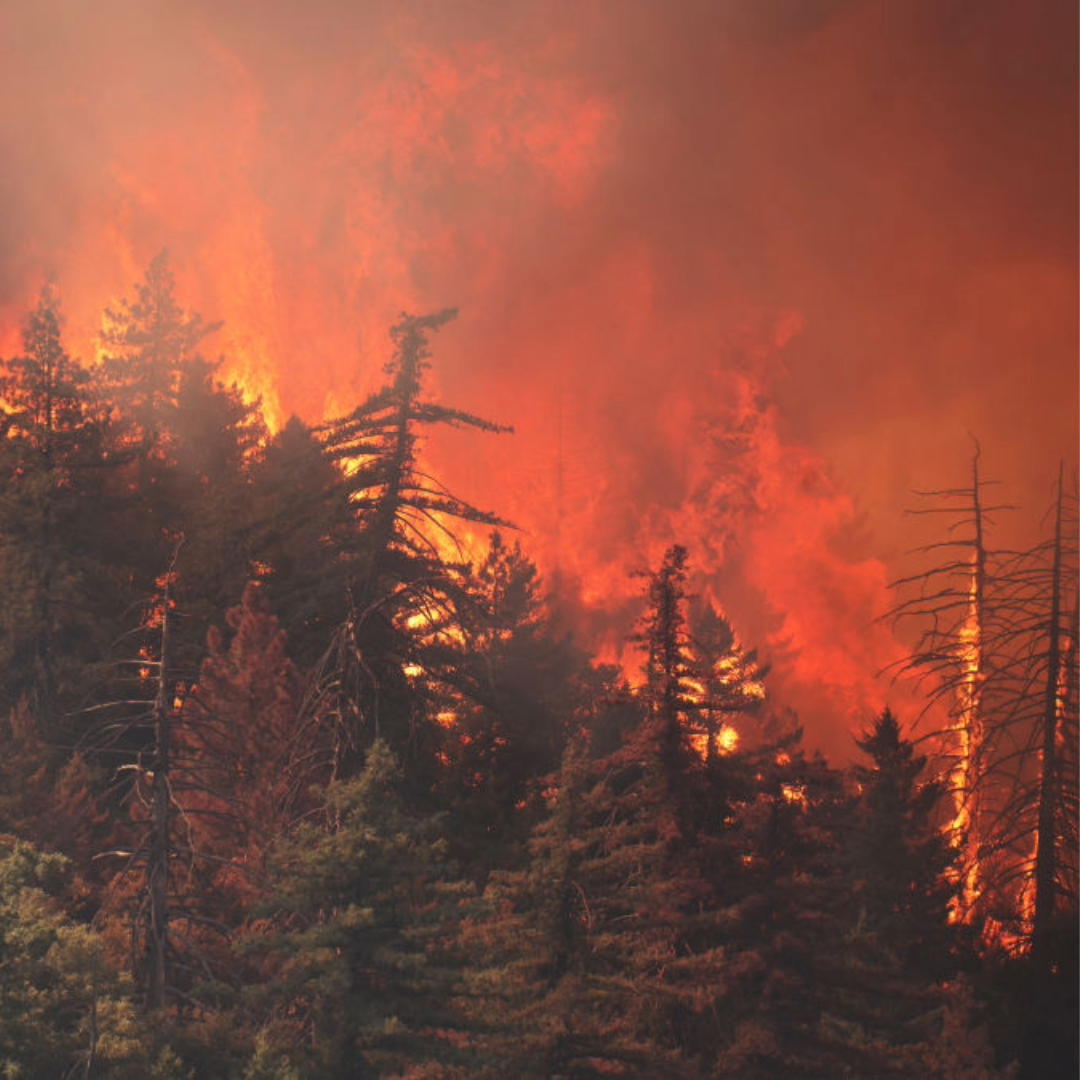
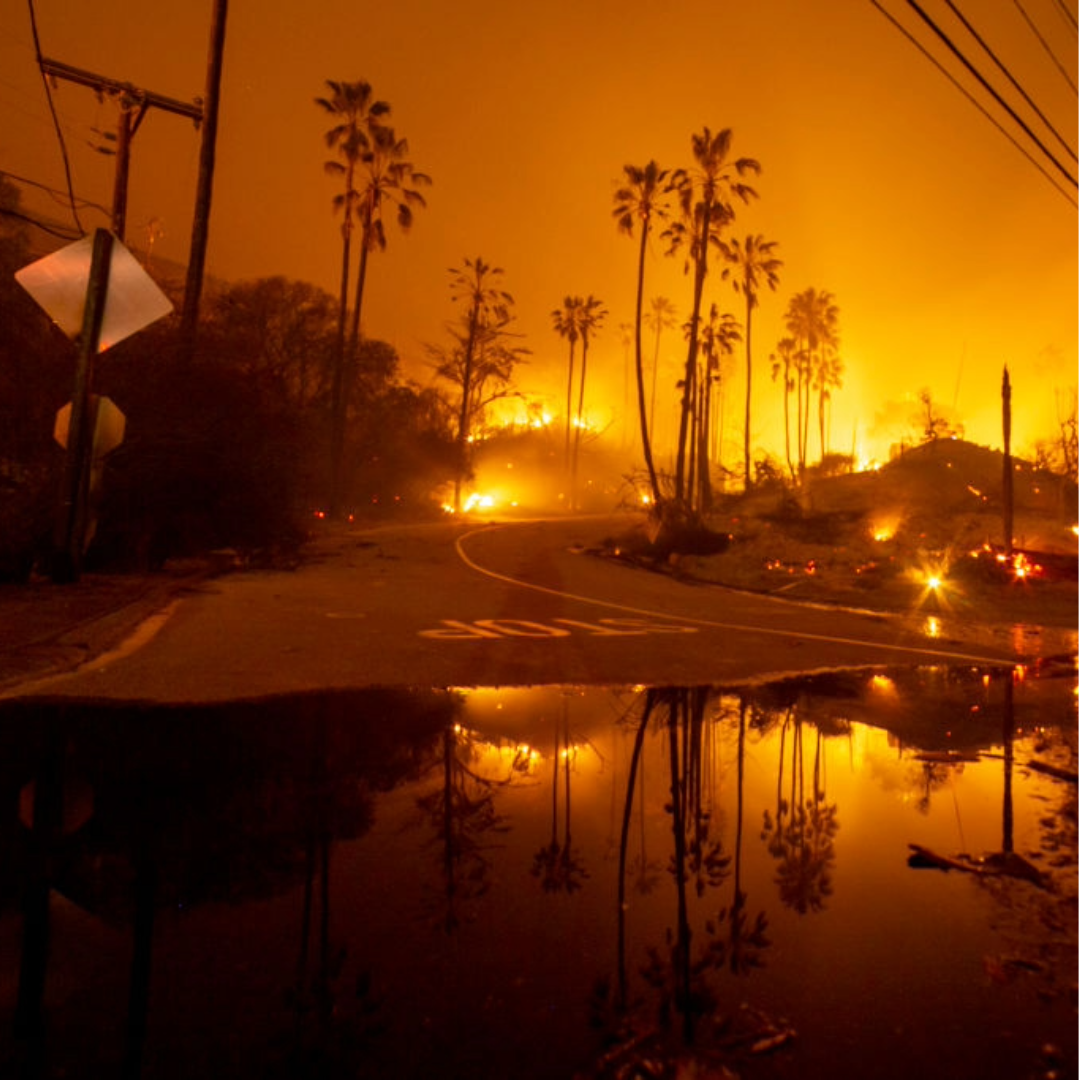
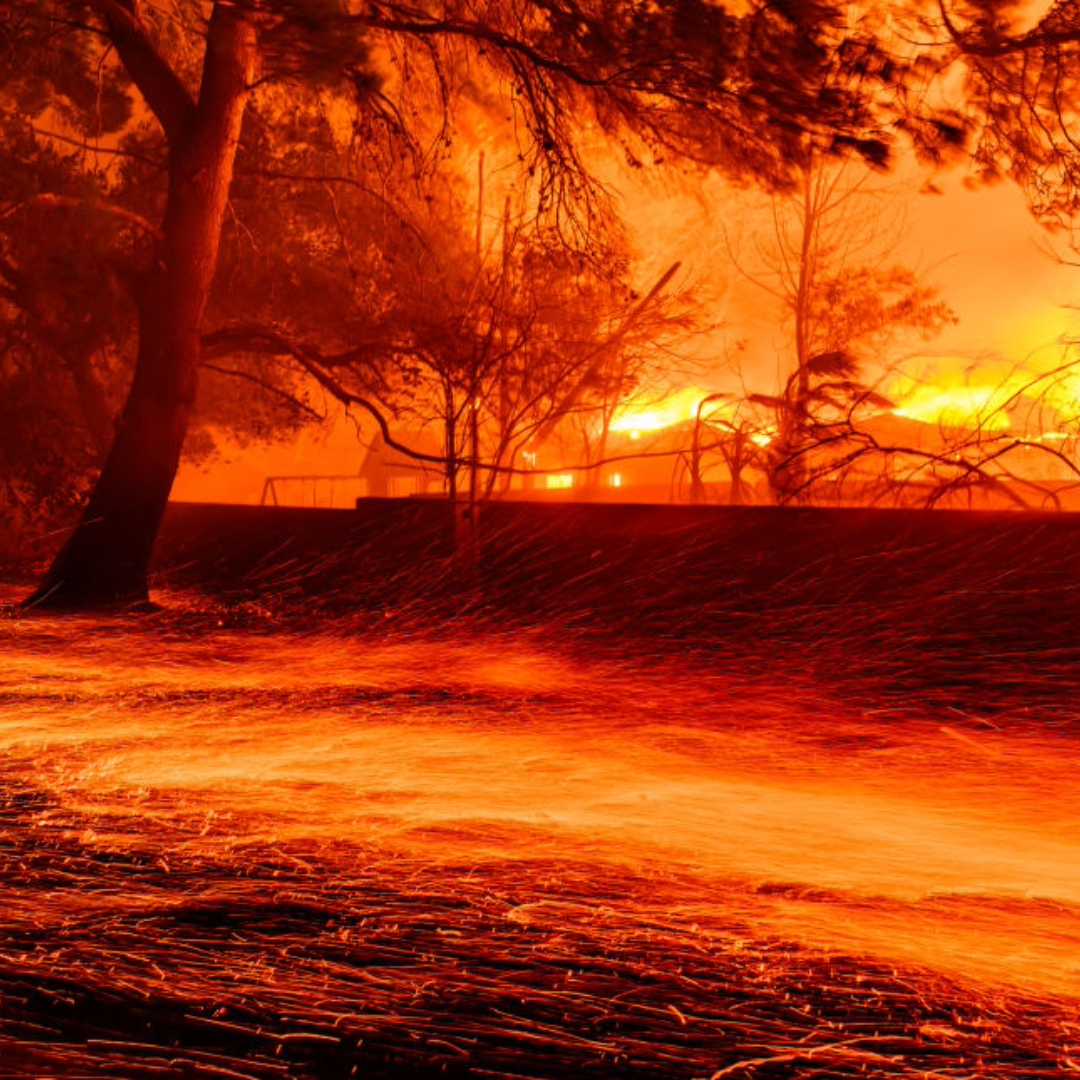
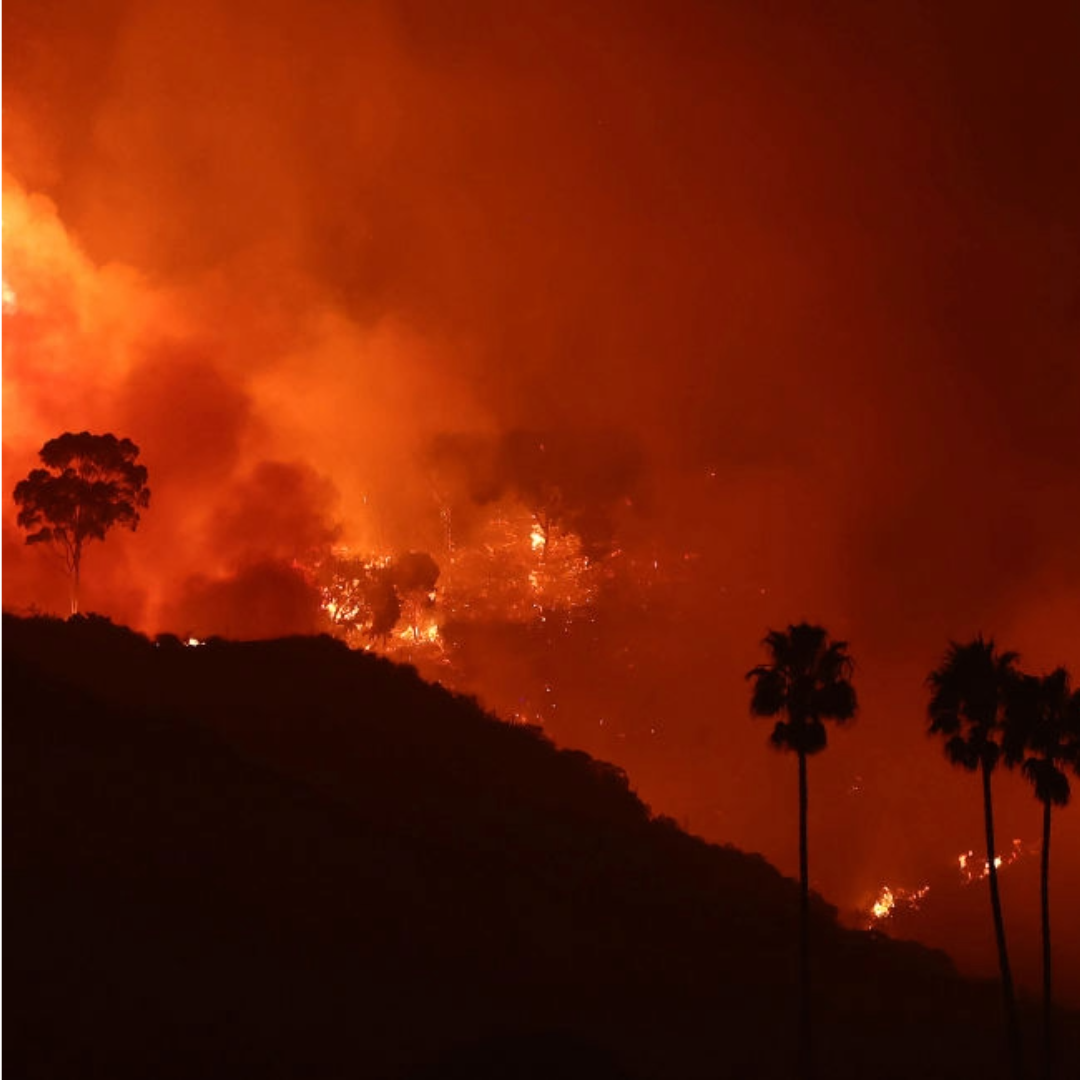
These conflagrations have become increasingly common in all corners of the globe, but in recent years their impacts in Southern California have become dramatically acute. In 2017 and 2018, the Thomas Fire and the Woolsey Fire devastated swaths of LA and Ventura Counties. Malibu and its surrounding area were hit with the Mountain Fire in late 2024, followed shortly after by a devastating outbreak of multiple fires throughout LA County in early 2025. Sparked by an intense Santa Ana windstorm, the 2025 outbreak, which included the Palisades Fire, the Sunset Fire, and the Eaton Fire, is likely the most destructive natural disaster in LA County's history.
Air pollution, the psychological and material effects of mass displacements, as well as the loss of homes and of livelihoods all add to the toll these fires take on the communities and ecosystems in which they occur.
Southern California’s Unique Challenges
Until now, much of the research around managing wildfire risk in California has focused on forested areas, but there is an urgent need for strategies tailored to the unique landscape, climate, and communities of Southern California.
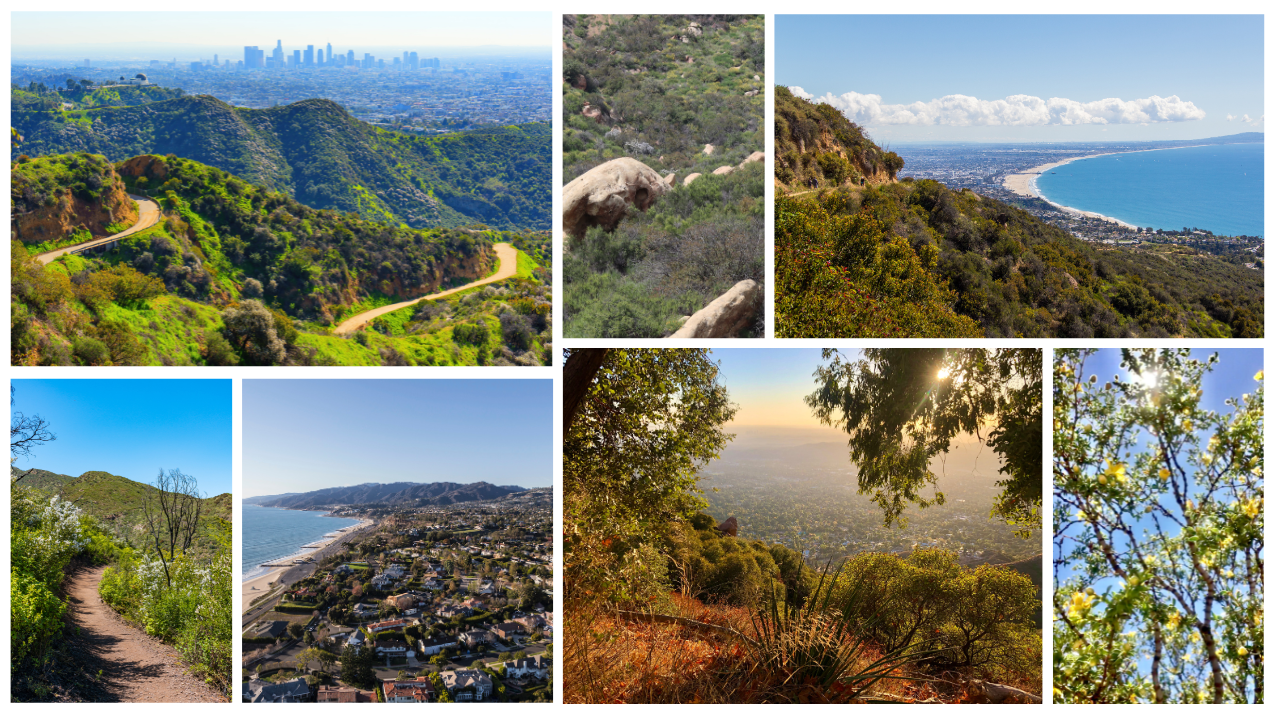
Southern California faces different challenges than the woodlands to the north when it comes to preventing and mitigating wildfires.
This is a densely populated region with a high frequency of human-caused fires, spreading non-native vegetation, variable climate, and increasingly dramatic oscillations between wet and dry years.
The unique chaparral ecosystems covering Southern California’s landscape are home to rich biodiversity. Rural, urban, suburban, and exurban communities of a range of sizes and densities, as well as highly productive agricultural areas, abut these vast shrublands in the so-called wildlife-urban interface (WUI), often sharing their fate during powerful fires.
A changing climate will continue to complicate the underlying dynamics of these challenges.
A Culture of Intentional, Cross-Discipline Research and Community Engagement Focused on the Future
So far, the CWRI has launched two working groups, through which the CWRI sustains collaboration and communication between researchers and stakeholders to define research priorities and continuously deliver research that can be applied in real-world scenarios.
The CWRI aggregates and coordinates the research community to nourish an inter-institutional, interdisciplinary research culture that is committed to producing societally impactful—and relevant—knowledge that policymakers can use to protect our ecosystems, public health, and communities.
Urban Water Supply + Fire
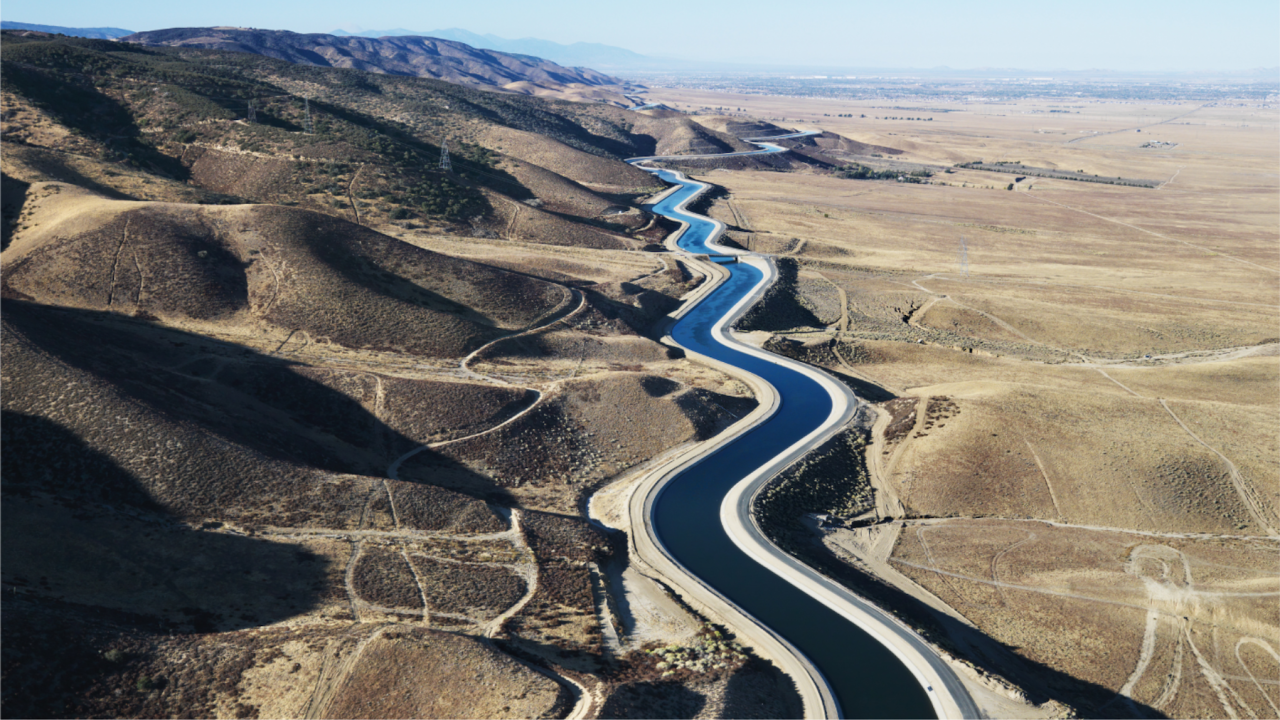
In the wake of the 2025 LA Wildfires, CWRI launched a new research and policy working group on urban water supply and wildfire dynamics. This working group is chaired by Greg Pierce, Co-Executive Director of UCLA’s Luskin Center for Innovation (LCI), in partnership with UC Agriculture and Natural Resource’s (UC ANR) California Institute for Water Resources.
This collaborative effort aims to develop research and policy solutions to challenges related to water supply infrastructure, resilience, and post-fire recovery. It is co-led by Faith Kearns, LCI affiliate and expert on water, wildfire, and climate; Edith de Guzman, UCANR Water Equity and Adaptation Policy Cooperative Extension Specialist with LCI; and Erik Porse, Director of California Institute for Water Resources.
This working group serves as the central hub activities of a broader engaged research effort covering the following pressing issues:
- Strengthening drinking water infrastructure resilience,
- Addressing equity in the cost of new investments,
- Ensuring water quality and community trust after fires, and
- Navigating the relationship between wildfire risk, vegetation, and water supply in urban areas.
READ MORE
Public Health + Fire
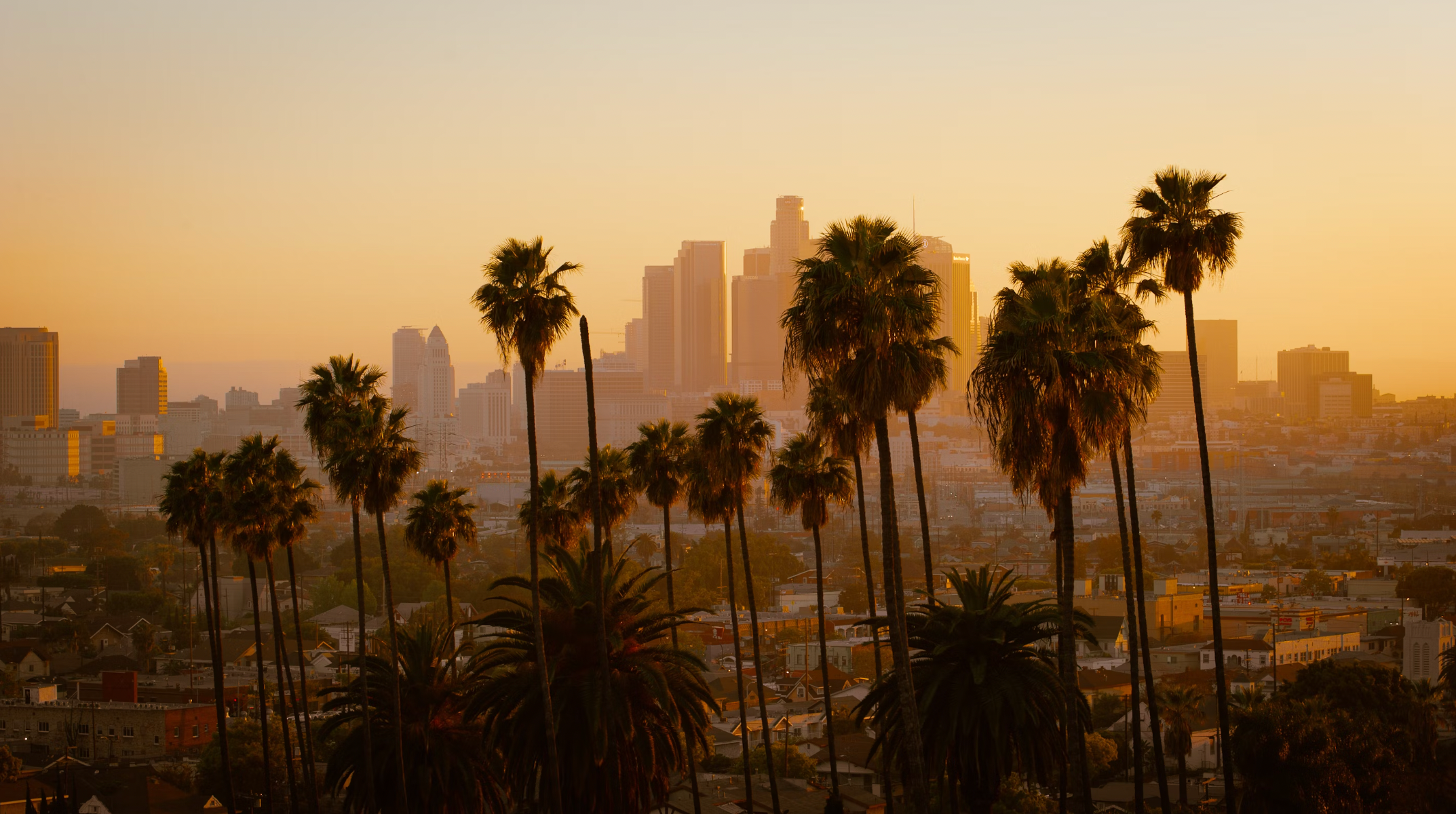
In May 2024, CWRI brought together more than 25 experts representing 11 public and private universities across the U.S. and Canada to imagine boundary-defying ideas for the future of wildfire and public health research and establish the CWRI’s working group on public health and air quality, chaired by Dr. Miriam E. Marlier, Assistant Professor of Global Environmental Change in the Environmental Health Sciences Department at the UCLA Fielding School of Public Health and faculty at the UCLA Institute of the Environment and Sustainability.
In addition to the exposure to toxic particulate matter (PM2.5) in wildfire smoke, there are myriad health impacts that should be more closely examined, including mental health impacts. The complexity of air quality and public health impacts related to climate and wildfire requires a more strategic, interdisciplinary, and coordinated approach to pursuing wildfire research.
Fuels + Fire
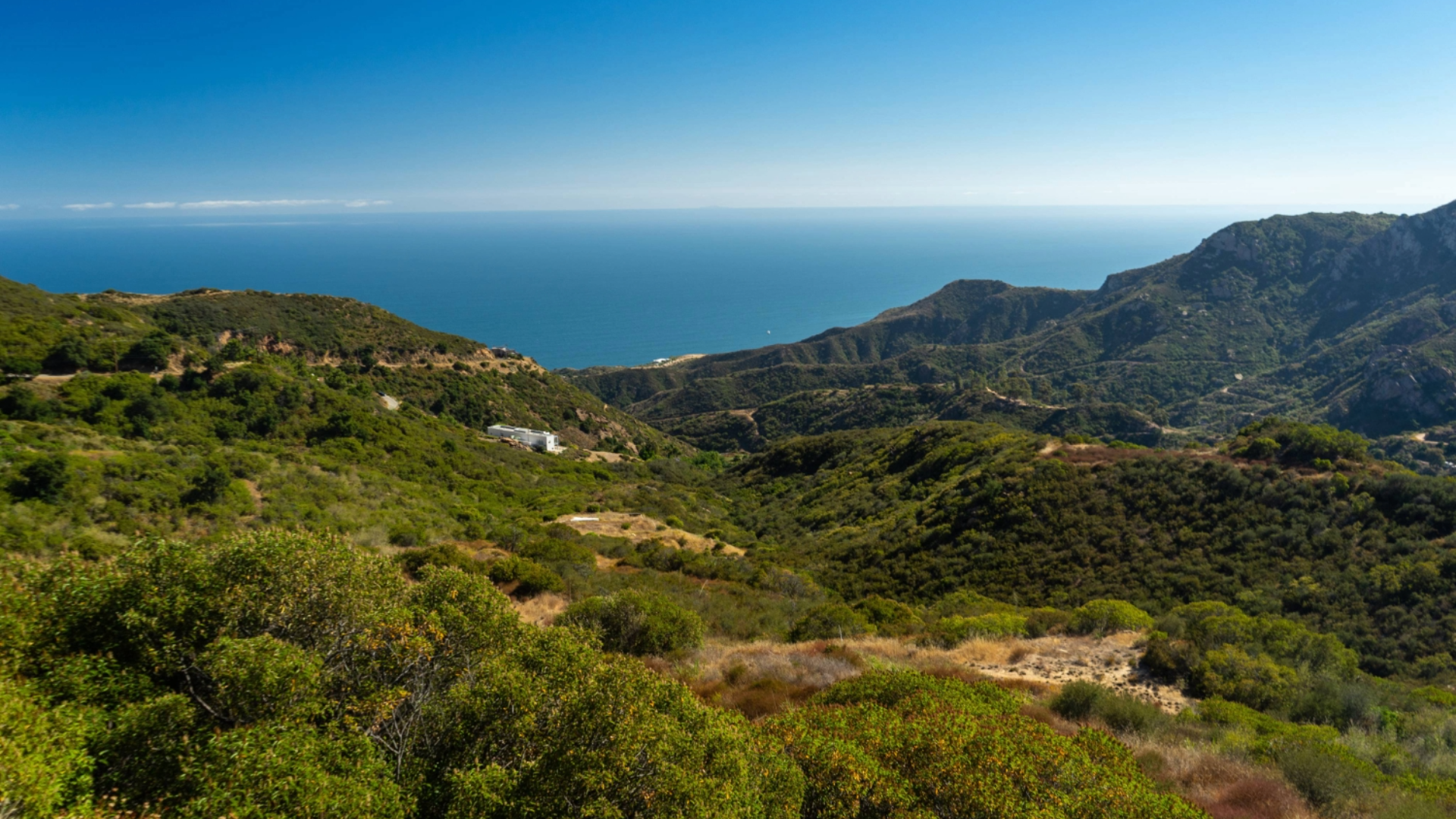
In September 2024, CWRI convened 16 experts from five public universities across California, representing a range of disciplines, including vegetation and ecosystems, geography, atmospheric and climate sciences, statistics, and engineering.
This was the first meeting of CWRI’s fuels working group, chaired by Professor Park Williams, a hydroclimatologist in UCLA’s Geography Department who holds a joint appointment in Atmospheric and Oceanic Sciences.
Forested landscapes have dominated attention from both the research community and the public around the topic of wildfires, largely due to the size and frequency of fires in forested landscapes. It is crucial to understand the intricate historical and future dynamics between climate, fire, and vegetation, and to develop responsive new tools, models, and intervention strategies reflective of changing dynamics.
UCLA Experts on the LA Wildfires
Get involved:
- Sign up for our newsletter to stay informed about our work, upcoming events, and relevant announcements.
- Email us with your research ideas, questions, and expertise.
To learn more about how you can have a direct impact on CWRI’s critical solution-oriented work, please contact Rachel Scott Foster at rscottfoster@support.ucla.edu, or click below to donate now.

